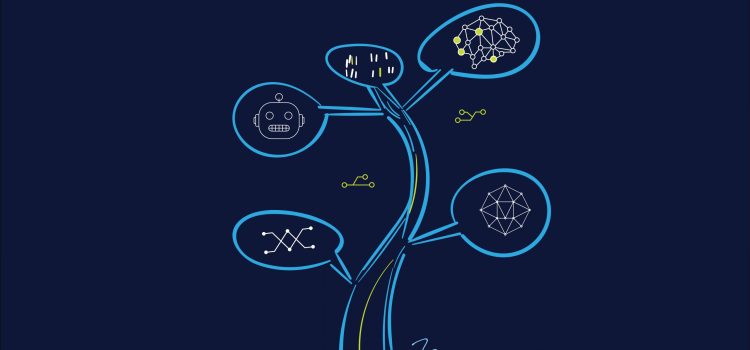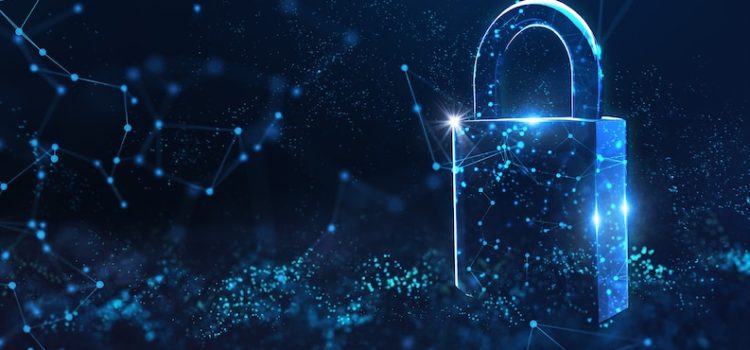
Massive Data Loss at 23andMe: Is Your DNA Safe?
Introduction
Meet Fred Wilson, a seasoned tech writer with over a decade of experience in cybersecurity. His expertise lies in dissecting complex tech incidents and presenting them in a way that’s easy for the general public to understand. Today, he sheds light on the recent data breach at 23andMe and its implications for users’ genetic data privacy.
The 23andMe Data Breach: A Brief Overview
In early October 2023, 23andMe, a popular home DNA testing company, confirmed a significant data breach. The breach resulted in unauthorized access to the genetic data of approximately 6.9 million users. This incident has raised serious concerns about the safety and privacy of genetic data stored by such companies.

How Did the Breach Happen?
The breach was not a result of a system failure at 23andMe. Instead, it was a targeted attack where hackers used guessed login credentials to access user accounts. This technique is known as ‘credential stuffing’. It involves using stolen or leaked credentials from one website to gain unauthorized access to accounts on another site. This method is particularly effective when users reuse passwords across multiple platforms.
What Information Was Compromised?
The hackers were able to access a feature known as “DNA Relatives,” which allowed them to view and compare ancestry information of users worldwide. The compromised data included relationship labels, ancestry reports, matching DNA segments, location, birth year, and family names. This type of information can be extremely sensitive, as it can reveal personal details about a person’s heritage and biological relationships.
The Aftermath of the Breach
Following the breach, 23andMe took immediate steps to protect user privacy by temporarily disabling features in the “DNA Relatives” section. The company also advised users to change their login information and enable two-factor authentication. Two-factor authentication adds an extra layer of security by requiring users to provide two forms of identification before accessing their account.
Is Your DNA Data Safe?
While 23andMe has taken steps to mitigate the impact of the breach, the incident raises concerns about the safety and privacy of genetic data. Users are advised to regularly update their passwords and enable two-factor authentication for added security. It’s also recommended to use unique passwords for each online account to prevent credential stuffing attacks.
Conclusion: Safeguarding Your Genetic Data
The 23andMe data breach serves as a stark reminder of the importance of data security, especially when it comes to sensitive information like genetic data. By staying informed and taking proactive measures, users can help protect their genetic data from future breaches.
Key Points of the 23andMe Data Breach
| Aspect | Details |
|---|---|
| Date of Breach | Early October 2023 |
| Number of Affected Users | Approximately 6.9 million |
| Type of Attack | Credential Stuffing |
| Compromised Information | Ancestry information, relationship labels, matching DNA segments, location, birth year, family names |
| Company’s Response | Disabled features in “DNA Relatives”, advised users to change login information and enable two-factor authentication |
Remember, the key to safeguarding your genetic data lies in staying informed and taking proactive security measures. Stay safe!



























